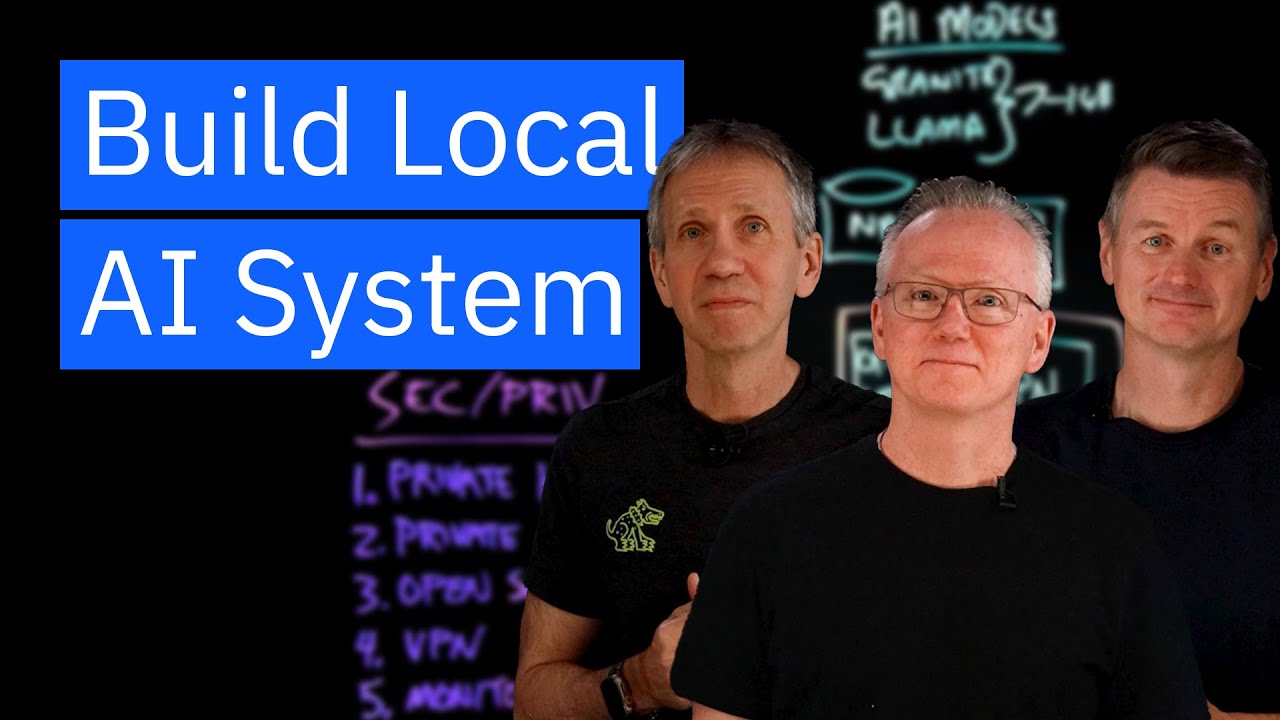The video showcases Robert Murray’s successful setup of a personal AI infrastructure at home, utilizing Windows 11, WSL2, Docker, and open-source models from Ollama.com to run AI systems like Llama 3 and IBM’s Granite. It emphasizes the importance of data privacy and control, encouraging viewers to consider building their own AI systems while discussing the necessary components and system requirements for replication.
In the video, the hosts discuss the growing prevalence of AI technology and the potential for individuals to create their own AI systems at home. They introduce Robert Murray, who has successfully built a personal AI infrastructure without relying on large server farms. Robert demonstrates how he has set up his system to host AI models like Llama 3 and IBM’s Granite, allowing him to interact with these models directly from his home office.
Robert explains the components of his setup, starting with Windows 11 as the operating system. He utilizes Windows Subsystem for Linux (WSL2) to run a Linux environment on his Windows machine, and Docker to manage containers for the AI models. He sources these models from Ollama.com, which offers a variety of open-source AI models. This configuration allows him to run AI models from the command line and interact with them efficiently.
To enhance user experience, Robert incorporates a user interface using Open WebUI, enabling him to chat with the AI models through a web browser. Additionally, he sets up a VPN container, allowing him to access his AI system securely from his phone or any internet connection. This setup not only provides convenience but also ensures that he can maintain control over his data and privacy.
The hosts discuss the system requirements for replicating Robert’s setup, recommending at least 8 GB of RAM and 1 TB of storage. They note that while Robert initially operated without GPUs, having them can significantly improve performance. The conversation also touches on the importance of data privacy, emphasizing that Robert’s system allows him to keep his documents and data secure without relying on cloud services.
In conclusion, the video highlights the feasibility of running sophisticated AI models on personal computers, making advanced technology accessible to anyone willing to invest time in building their own system. The hosts encourage viewers to consider the benefits of having control over their data and privacy while exploring the exciting world of AI. They invite viewers to share their thoughts on potential improvements to Robert’s setup, fostering a community of innovation and collaboration.
